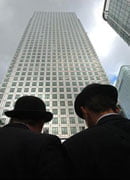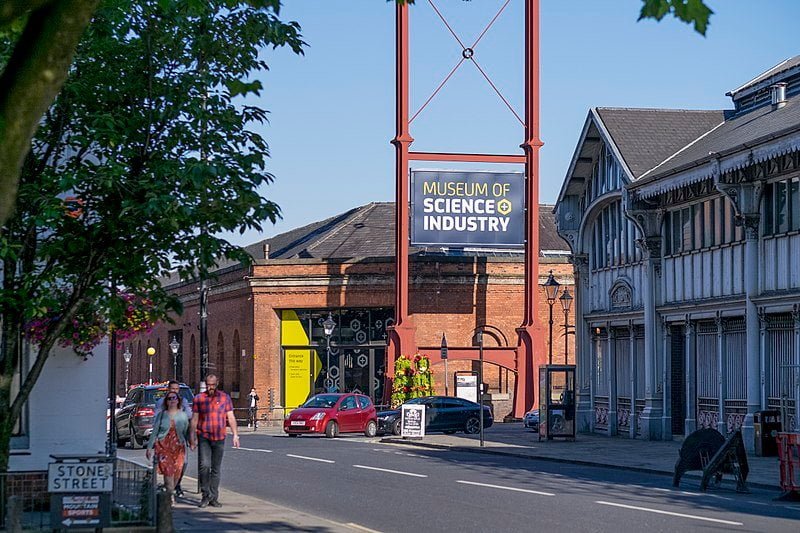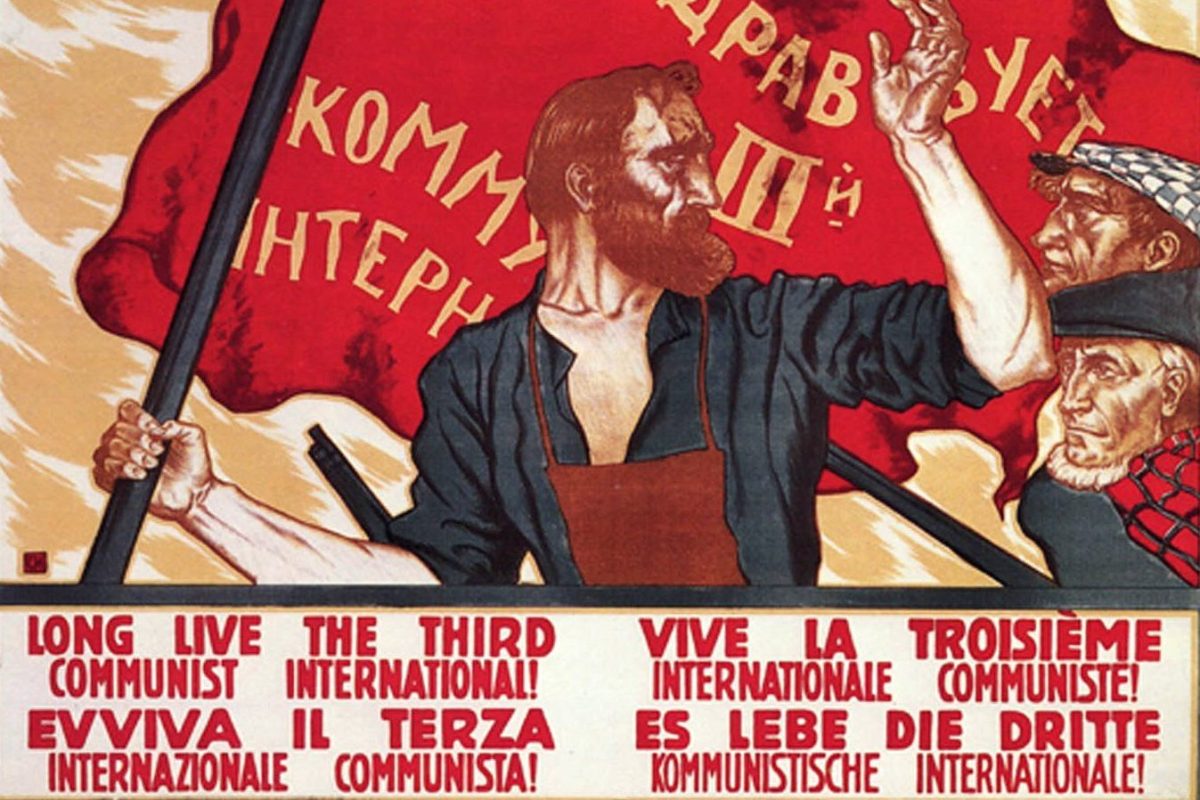“Already, as I try to recall those times, I cannot quite
shake off the feel that they were pages torn from the Arabian Nights. But they
were not. The tinselled scenes through which I moved were real. The madcap
events actually happened – not once, but every day. And at the moment nobody
thought them in the least extraordinary. For that was the New Era. In it we
felt ourselves the gods and the demi-gods. The old laws of economics were for
mortals, but for us. With us, anything was possible. The sky was the limit.”
Anonymous Wall Street trader in Altantic magazine, 1932
“Unlike with other famous bubbles, the internet bubble is
ridding on rock-solid fundamentals, perhaps stronger than any the market has
seen before. Underlying the crazy price increases are the foundations of what
could become the early 21st century’s leading growth companies… Just
because the Internet stock phenomenon looks like a bubble, it isn’t a given
that the bubble will burst.”
Henry Blodget, Merrill Lynch’s Internet expert, January
1999.
 Yesterday saw the biggest ever one-day fall on the world’s
Yesterday saw the biggest ever one-day fall on the world’s
stock markets. The Dow Jones collapsed by over 800 points at one stage, pushing
the Dow below the 10,000 level. The FTSE 100 suffered its biggest one-day
percentage fall since Black Monday in October 1987 and the biggest points fall
ever. The Russian stock market fell by 19% and the exchange remains closed. The
sell-off engulfed Brazil, Indonesia and Saudi Arabia. The MSCI Emerging Markets
Index slumped 11%, its largest daily fall since 1987. This has been one of the
worst days yet in the 14-month-old credit crunch.
This panic on the world’s stock markets is a reflection of
the underlying crisis of world capitalism, as it plunges into the deepest slump
since the 1930s. Five European banks have collapsed in as many days. Despite
the US $700bn bailout, the crisis continues unabated. The German government was
forced to intervene to bail out the real estate giant, Hypo, amid growing panic
in the financial sector. BNP Paribas was forced under Belgium government
pressure to take over Fortis’s operations in Belgium and Luxemburg. This
followed the decision of the Netherlands government to nationalise Fortis in
Netherlands. Turmoil has also hit France where Caisse d’Epargne is likely to
merge with Banque Populaire.
The capitalist crisis has spread rapidly throughout the
world, affecting large and small. In Iceland, the ice cold winds of economic
crisis have forced the government to nationalise one of its biggest banks,
Glitnir, while a large investment house collapsed. Yesterday, the authorities
drew up sweeping powers to nationalise banks and sack executives as the country
faced bankruptcy. The krona fell as much as 45% against the euro, as the
country faced a balance of payments crisis. No wonder. The total assets of
Iceland’s banks are almost ten times its GDP, in an economy best know for its
cod fishing. Although the country has no obvious connection with the subprime
crisis, its banks have overstretched themselves internationally in their search
for profits. Now they are trying to sell foreign assets and repatriate pension
funds assets, in the biggest crisis the country has ever faced. “In a situation like this it’s turning out
that it’s every man for himself,” said the Icelandic prime minister.
The crisis is producing panic everywhere. According to the
Financial Times, “Yesterday’s fresh outburst of panic on global markets was
final proof that as financial crises go, we are now in the big league.
Comparisons with the dotcom bubble or even the Asian crisis of 1997 are
inadequate. We must think of 1987 or
1929.”
The article continues: “With hindsight, 1987 was more
contained than today. The brief, savage fall in world equities seemed the
prelude to a downturn in the real economy. But the real world sailed on, and
other asset classes were largely unscathed.
“Compared to 1929, there are two main differences today.
First, world policy makers have grasped the scale of the threat more quickly
and are prepared for much more drastic action. Against that, the financial
system is more complex. And thanks to modern communications, the pace has
accelerated. So any policy action is uncertain in its effect and generally out
of date by the time it arrives.” (7/10/08, my emphasis)
This sums up the dilemma for the bourgeoisie. They are
tobogganing to disaster with their eyes closed. The crisis has clearly spread
from the financial sector to the rest of the economy. The difference with 1929 is
that the world is far more interdependent and the scale of the crisis is
potentially far bigger. “The developed world took on too much debt and that is
now being brutally unwound,” explains the FT. “The banks have been the first to
suffer, but they are also the means of transmitting that pressure to everyone
else.”
Credit, as Marx explained, allows the system to go beyond
its limits. It artificially expands the market, which allows capitalism a
further lease of life. However, credit has its limits too. It has to be repaid.
We are now witnessing a massive contraction. All the factors that developed the
boom over the past 20 years are now turning into their opposites. The profits
bonanza has crushed. The market is contracting rapidly. Consumer spending is falling.
The capitalists cannot sell their goods. The economies of Europe, USA and Asia
are rapidly entering a slump. There is a classical crisis of over production.
Only through these crises can the system survive by squeezing out this
fictitious capital, and reducing the living standards of the workers.
In the US, a government report says new orders at US
factories tumbled by an unexpected steep 4% in August, the sharpest contraction
since October 2006. The claims for jobless benefits have reached the highest
since the weeks following the September 11 attacks. Retail sales in the US fell
by 0.3% in August and 0.5% in July. There is a sharp fall in mortgage
applications and continuing declines in house prices. “The evidence is becoming
fairly compelling,” says Brian Sack, vice-president at Macroeconomic Advisers.
“We see it in orders for business goods, we see it in consumer spending, we see
it in the ISM survey – now we are seeing it in employment.”
“Beyond Capital Hill”, notes the FT, “the mood of the nation
appeared to be changing, towards the realisation of tough times ahead.
“As magazines and television programmes ran grainy
photographs from the 1930s, fear of a new Great Depression appeared to outstrip
resentment at a supposed bail-out of the Masters of the Universe of Wall
Street.”
Last week, Alan Greenspan, the former chairman of the
Federal Reserve, was giving a lecture in Georgetown. Although largely
responsible for the huge speculative bubble, he was now warning of the dangers
to capitalism. “The crisis will mean a return to the ideological struggle
between socialism and capitalism”, he said. “Many of us thought that struggle
was over with the collapse of the command economies, but this is not the case.”
The world capitalist crisis, as it deepens across the globe,
will wreak havoc. As always, the ruling class will attempt to make the working
class pay for the crisis. They will carry through cuts and throw millions out
of work to preserve their system. In the events that lie ahead, millions will see
the real nature of capitalism in the raw. They will come to the conclusion that
this diseased system offers no way forward. They will look to a new solution
and readily grasp the ideas of socialism. What Greenspan warned his business
friends of, will come about. We have a duty to rearm the workers’ movement for
the titanic tasks that lie ahead and to ensure the victory of genuine socialism
over the out-dated system of capitalist exploitation.
To quote an article in last week’s Guardian newspaper:
“‘Capitalists can buy themselves out of any crisis, so long as they make the
workers pay,’ said Lenin. It is rarely regarded as common sense to quote him in
polite company. Yet as a description of what is taking place right now, it is
the most sense I’ve heard in a long time.”






